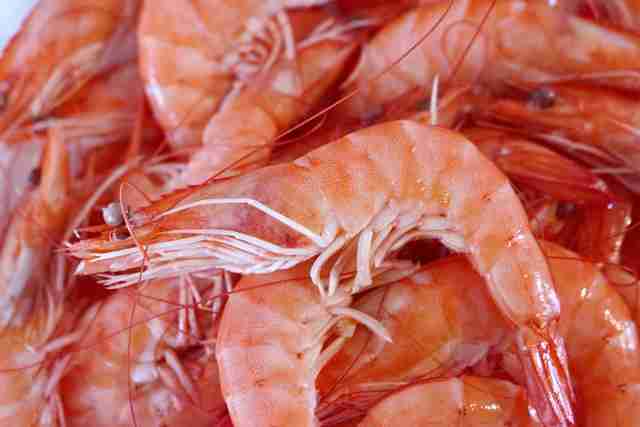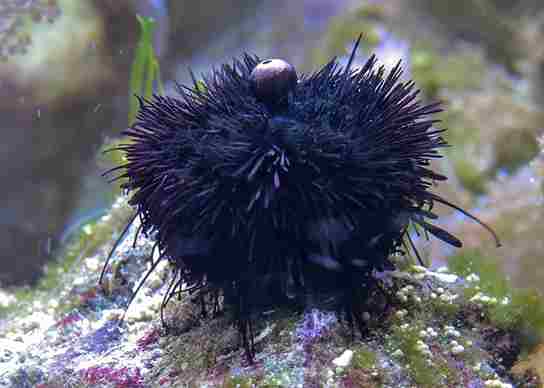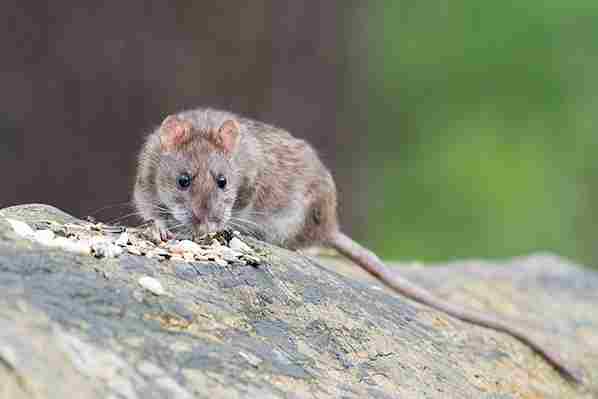Do Deer Eat Gladiolus? (Do This Now!)
If you’re looking to plant gladiolus or already have it in your yard, it is normal to worry about a possible attack by deer. We all know deer are not garden-friendly and tend to inflict damage on plants. So, do deer eat gladiolus?
Well, deer tend to avoid gladiolus as they appear unappealing to them. This is connected to the hardness on the outside, especially the rough leaves. As a result, deer generally don’t eat gladiolus, except if they can’t find anything else.
In general, deer can be unpredictable, and their dietary habits can change with seasons. As a gardener, it is up to you to do everything possible to ensure the safety of your gladiolus plants. To that end, I hope you find all the info here useful.

Are Gladiolus Deer-resistant?
Yes, gladiolus is considered deer-resistant. This is mainly because they are usually hardened on the outside and often have rough leaves despite their beautiful flowers. This makes them unappealing to deer.
Having said that, it’s important to know that being deer-resistant doesn’t necessarily mean a plant is deer-proof. It just means they will avoid it, especially when there are other plants around.
A deer can still eat your gladiolus if it’s really hungry and can’t find anything else to eat. This is why you must not lose guard. Going the extra mile to set up deterrents in your garden will keep your gladiolus safe from possible deer grazing.
Gladiolus are not the only plants that are believed to be deer-resistant. Other flowers in this category include:
- Begonias
- Peonies
- Astilbe
- Caladium
- Platycodon
- Kniphofia
- Iris
- Daffodils
- Alliums
- Ferns
- Cannas
- Hyacinths
- Etc.
Besides their rough texture, gladiolus may also have a bitter taste, depending on the species. This too, can discourage a deer from eating the plant.
Do Deer Eat Gladiolus Bulbs?
Gladiolus bulbs are usually tough on the outside and hard to chew, which makes them unappealing. So, deer tend to avoid the bulbs. This is why it’s common to find gladiolus in many unfenced gardens; deer generally don’t like the bulbs as well as the entire plant. Gladiolus are not the only flowers that are not bothered by deer – peonies have a similar fate.
Will Deer Eat Gladiolus Flowers?
Deer generally avoid gladiolus flowers, which should come as a relief if you have a deer population in your area. Unlike many typical flowers, gladiolus leaves are “grass-like,” much like blades. This is why gladiolus plants are often called “sword lilies.”
The blade-like appearance scares deer, so they don’t pick off the flowers.
Having said that, nothing is guaranteed, and you’re better off setting up deterrents to prevent deer from having access to your garden and plants.
Do White-tailed Deer Eat Gladiolus?
Whitetail deer typically stay away from gladiolus, mainly because of the prickly leaves and offensive fragrance of some species. However, a hungry deer can still eat almost anything, even gladiolus. So, it’s better not to take chances.
One of the best ways to keep white-tailed deer away from gladiolus is through the use of motion detectors or repellent spray.
How to Keep Deer from Eating Gladiolus
As with any wildlife, the best way to protect gladiolus plants from deer is through prevention. While they may not actively search out the plant, they may sample it if they have the chance. To reduce the chances of this happening, here are two simple strategies you can apply.
Use Repellents
There are several repellents you can use to deter deer from your gladiolus plant. This can be very effective, especially if you use a commercial option.
Repellents generally employ any one of these three techniques to keep deer away – bad taste, bad smell, and fear.
Repellent spray
Many commercial repellent Sprays usually have a bad taste and scent, which deer don’t like. They may contain ingredients such as garlic, capsicum pepper, mint, and similar deterrents. You can also use these ingredients by themselves if you have them at home; however, a commercial option will work best. A good example is the BOBBEX DEER REPELLENT.
Repellent urine
Likewise, fear repellents may also release scents that warn deer of nearby predators, such as the urine of a lion or coyote. A good example is PREDATOR PEE.
Scare tactics
You may also consider setting up motion sensors in the yard as a scare tactic. If possible, combine this with a repellent spray for the best results.
NB: Repellent sprays are only effective to some degree. After some time, deer may get used to them. So, it’s usually a good idea to rotate between different types. Also, you have to consistently reapply the repellant from time to time, especially after a downpour or irrigation. Also, at certain times of the year, especially during winter, deer can become very desperate for food and may start tolerating the repellent. In this case, you are left with no other option than to block them from having access to your garden. That brings us to the next method.
Set up a Physical Barrier
One sure way to keep deer away from your gladiolus and garden is to set up a barrier, ideally, a fence. You could build a fence around the whole yard, but that would be costly, and sometimes it may not be desirable.
A much cheaper option is to use a physical barrier such as a wrap, netting, or a small fence. Deer are usually reluctant to access fenced areas, especially when it’s taller than 6 feet.
In this case, we highly recommend the Tenax Select Deer Fence. With a breaking load of 600 pounds, it would be almost impossible for any deer to push through. It’s also made of polypropylene instead of metal, so you don’t have to worry about rust or corrosion.
Conclusion: Do Deer Eat Gladiolus Plants?
Although deer eat a lot of plant material, they generally don’t actively seek out gladiolus. While this should make you less concerned, if you want to ensure the safety of your plants, it’s important you set up deterrents that will ensure your gladiolus is safe at all times. This is extremely important, especially during winter when deer may not have a lot of food options.






